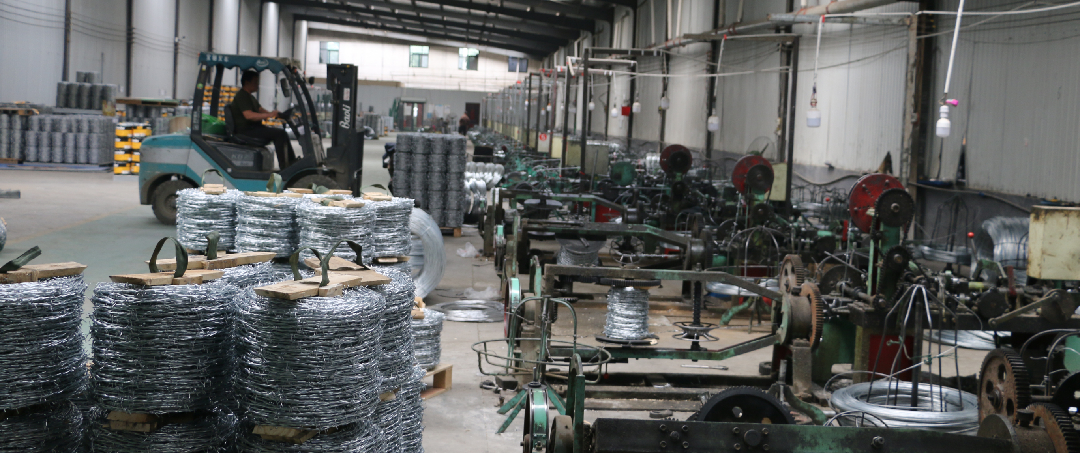Exploring the Benefits and Applications of Barbed Wire Fencing in Modern Agriculture and Security
The Utility and Appeal of Thorn Wire Fences
In the world of fencing, various materials and designs serve distinct purposes, but few are as evocative as thorn wire fences. Combining practicality with a unique aesthetic, thorn wire fences have a rich history and functionality that resonate in today's agricultural and security contexts.
Historical Background
Thorn wire fencing can be traced back to the late 19th century when it first gained popularity in rural landscapes. The innovation of barbed wire revolutionized agricultural practices, as it provided an effective barrier for livestock and crops. Thorn wire, with its sharp, protruding edges, took this concept further by integrating natural and sharp barriers. This type of fence became a critical tool for farmers and ranchers who needed to protect their land while simultaneously keeping animals from wandering off.
Structure and Composition
A thorn wire fence is typically composed of sturdy wire that features sharp spurs at regular intervals. These spurses can be made from various materials, including steel and galvanized wire, ensuring durability against the elements. Often used in conjunction with wooden or metal posts, this fencing structure is designed to withstand pressure and provide a formidable obstacle against intruding animals or even trespassers.
Applications
Thorn wire fences serve multiple purposes. In agricultural settings, they effectively deter livestock from escaping pastures and gardens while preventing wild animals from encroaching on cultivated land. These fences also play a crucial role in maintaining the boundaries of private property, especially in rural areas where traditional fencing may not suffice. Additionally, thorn wire fences have become popular in security applications, guarding vulnerable areas such as warehouses, remote facilities, or military installations. Their intimidating appearance acts as a psychological barrier to potential intruders.
thorn wire fence

Aesthetic and Environmental Benefits
Beyond their functional attributes, thorn wire fences also present an aesthetic appeal. Many farmers and landowners appreciate the rugged, traditional look that these fences provide. In an age of modern fencing solutions, thorn wire fences evoke a sense of nostalgia and connection to rural life. Additionally, these fences can be combined with other vegetation, such as thorny bushes or climbing plants, providing an environmentally friendly and visually appealing boundary.
Moreover, thorn wire fences contribute to biodiversity by acting as a habitat for various small creatures. Birds may nest in the thicket, while other wildlife find refuge nearby, leading to healthier ecosystems.
Maintenance and Considerations
One of the primary considerations with thorn wire fencing is maintenance. Regular inspections are necessary to ensure that the wire remains intact and that any overgrown vegetation does not compromise the fence's function. The sharp edges of thorn wire can pose a risk to both humans and animals, necessitating caution when managing the vicinity.
Conclusion
In conclusion, thorn wire fences symbolize a blend of functionality, security, and tradition. They offer a practical solution for farmers, ranchers, and property owners looking to define their boundaries while maintaining an organic aesthetic. With their rich history and continued use, thorn wire fences are more than just a physical barrier; they represent a connection to the land and a commitment to preserving both agricultural practices and the environment. As society continues to evolve, the charm and utility of thorn wire fences remain steadfast, ensuring their place in the tapestry of rural landscapes.
-
Space-Saving Chain Fence Hacks Vertical Gardening with Cyclone MeshNewsJul.16,2025
-
Innovations in Iron Nail Wire Production for Modern ConstructionNewsJul.16,2025
-
Creative Uses of Wire Netting Fence in Modern Landscape DesignNewsJul.16,2025
-
Barbed Wire Fence Innovations in Anti-Climb TechnologyNewsJul.16,2025
-
Architectural Uses of Umbrella Nails for Aesthetic Roof DesignsNewsJul.16,2025
-
Architectural Uses of Razor Barbed Wire in Secure Urban DesignNewsJul.16,2025




